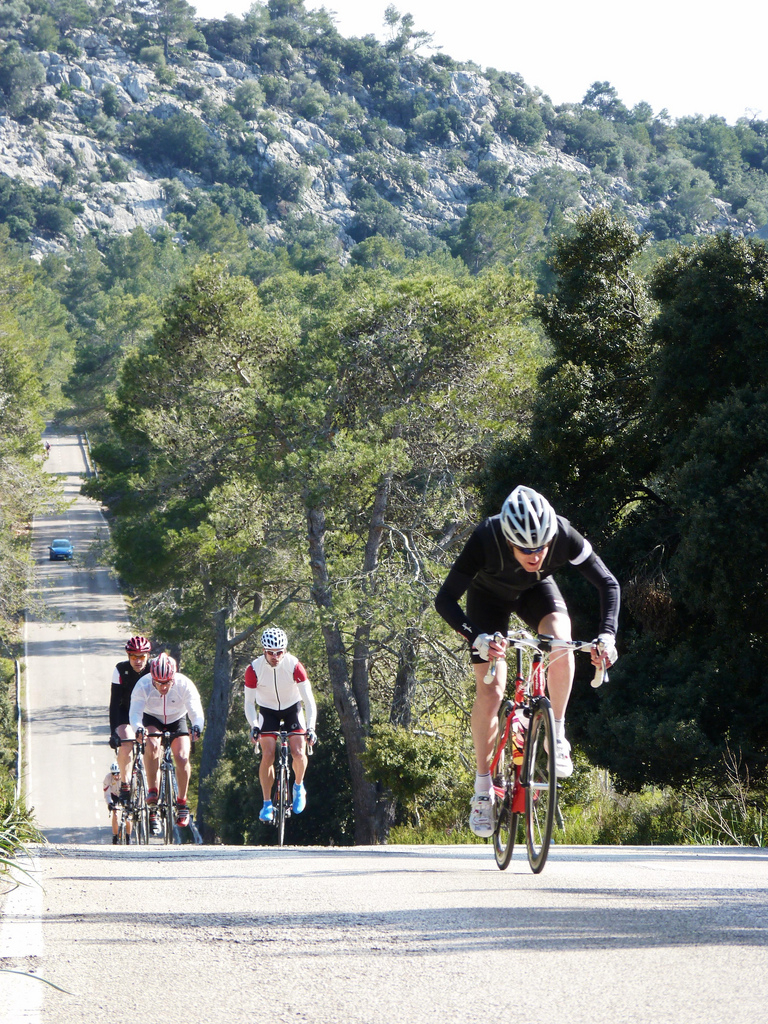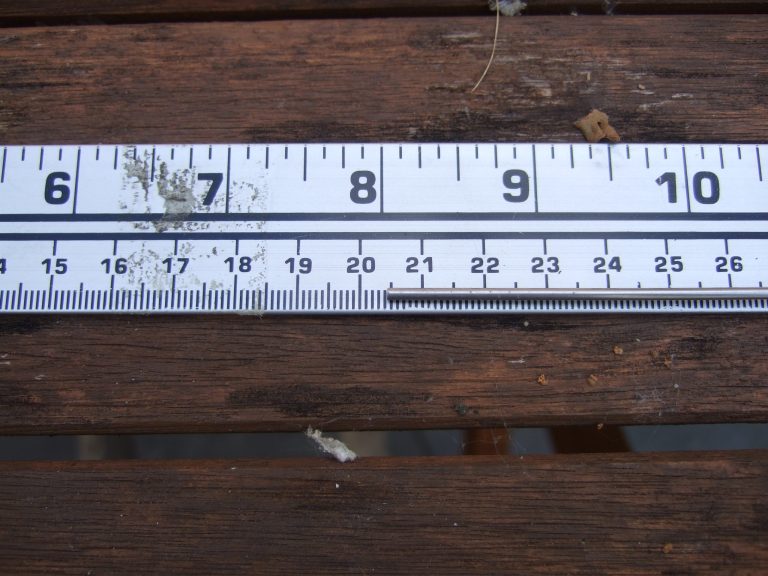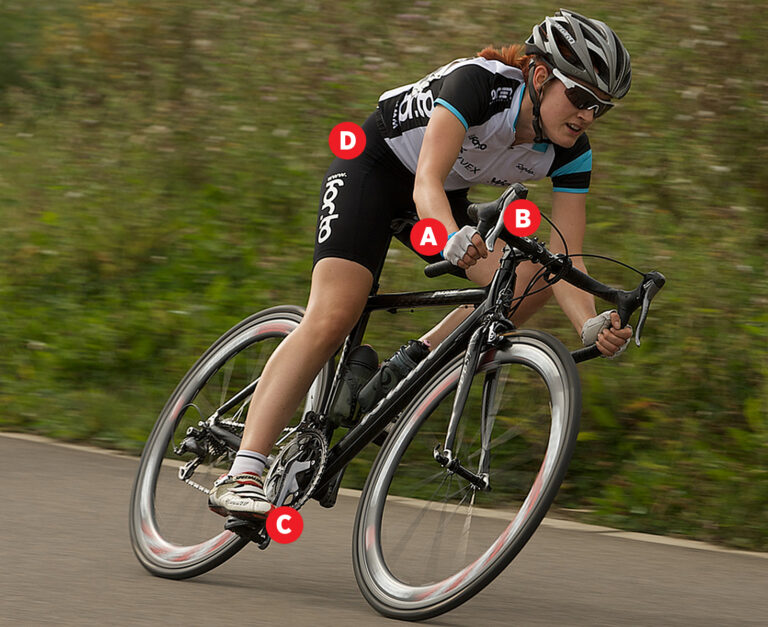
In part 2 of this series, we identified climbing as one of the key areas you need to work on in order to meet your goal of riding your first “century” sportive. Event organisers are always keen to show off their local terrain at its best and very rarely circumnavigate the hills in their areas, favoring instead as many climbs as possible within the overall distance and often climbing the ‘signature’ climb in the area more than once on different approach roads. So climbing efficiently, recovering from the effort and being able to do so again, repeatedly, is a big weapon in the sportive rider’s armory.
Fortunately you don’t need to live in the high Alps or Pyrenees in order to be a great climber. Witness each year riders from the European flatlands climbing like gazelles in the big sportives and stage races and you’ll see that living at the foot of a mountain is no prerequisite to being a good climber. You can train the systems needed to climb hills on much flatter roads if you don’t have big hills available, so it’s important to immediately rule out “there are no hills in my area” as an excuse not to be able to climb hills.
Last week we set up the initial four-week block of your training plan to focus on aerobic endurance and group riding skills. The next four-week block will build on this by continuing to develop good endurance but will focus on improved hill climbing over the four-week period. So here’s how to make yourself a mountain goat on the hilly sportives.
Climbing intensity
Look at your training zones and you’ll now be familiar with Zones 2 and 3 from your first four-week block of training. While these intensities are key areas to develop your performance in endurance events, the kind of hills you encounter in most sportives demand a higher level of intensity. So we’re going to concentrate on sustainable efforts at Zone 4. This is your ‘threshold’ pace, or the pace that, though it feels tough, you can sustain for up to an hour.
We’re going to base your hill climbing sessions on this pace because it’s the kind of intensity you’ll be riding at a lot in sportives on the longer climbs. However, as I’ve explained in the previous articles, simply sitting at a single intensity, session after session, doesn’t meet the demands of progression and overload which the principles of conditioning dictate you need in order to see improvements. In other words, when you become comfortable sitting on a climb at a given level of intensity, unless you up the ante by pushing harder your improvement stops there.
So, as with the harder intervals we introduced into your aerobic sessions in order to achieve overload, we’re going to do the same here to improve your climbing by introducing shorter bursts of higher intensity work called ‘surges.’ Surges are great because they condition you to respond to the inevitable changes in gradient of a typically long sportive climb as well as helping you stay with a group which might contain riders of varying ability, some of whom like to push a bit harder on the hills. If you have the ability to respond by going slightly harder when required, you’ll be able to stay with the group over the top of the climb and enjoy all the benefits of the group ‘tow’ once over the other side.
Typical session
So your typical session will be based on a series of intervals where you ride at Zone 4 and will include ‘surges’ where you work harder. If you have hills available, all well and good, but obviously riding at a given intensity level means that you’re working just as hard if you do it on the flat as if you do it on a hill, so you can do these sessions anywhere, even on a turbo.
Look at your training zones chart – Zone 4 feels hard but it’s your threshold pace. Theoretically you can sustain this for an hour, so in shorter intervals like the ones you’re about to do, raising the pace will be possible even though it feels quite hard to do so. Be prepared to go outside your comfort zone for short periods – you can handle it.
A good starting point would be to ride 3 x 10 minute intervals @ Zone 4 with 6 surges, (2 each of 20, 40 and 60 seconds) in each 10 minute interval. The surges can be done in any order and mix them up with a variety of gears and cadences, just go harder than the Zone 4 threshold pace for the duration of each ‘surge’ but return to threshold between each surge. In easier gears spin faster, aiming for a cadence of 80-90rpm, in harder gears turn a gear between 60-70rpm, just ensure your getting out of Zone 4 and into Zone 5. Don’t go crazy on the intensity or you’ll blow up. Remember, you need to pace yourself to complete the full range of intervals including the surges. Take a good 5 minutes of easy spinning recovery between each 10-minute interval.
As mentioned above you then need to progress this session in order to see improvements so a typical progression might look like this.
Week 1 – 3 x 10minute intervals @ Zone 4 with 6 surges
Week 2 – 3 x 12minute intervals @ Zone 4 with 7 surges
Week 3 – 3 x 15 minute intervals @ Zone 4 with 8 surges
Week 4 – (Easy week) 3 x 5 min intervals @ Zone 4 with 3 surges
You’ve probably noticed by now that cadence (or pedaling speed) is often mentioned as a factor in your training sessions. This is a very important consideration in all aspects of your training, so next we’ll have a closer look at what you can do to improve it, thereby making you more economical as a rider.
Part 1: Going for Centuries
Part 2: Breaking down the barriers
Part 3: Goal Setting
Part 4: Intensity
Part 5: Get in the Zone
Part 6: Performance Testing
Part 7: Creating a training plan
Part 8: Weekly training plans
About the author:
Huw Williams is a British Cycling Level 3 road and time trial coach. He has raced on and off road all over the world and completed all the major European sportives. He has written training and fitness articles for a wide number of UK and international cycling publications and websites and as head of La Fuga Performance, coaches a number of riders from enthusiastic novices to national standard racers.
Contact: [email protected]





